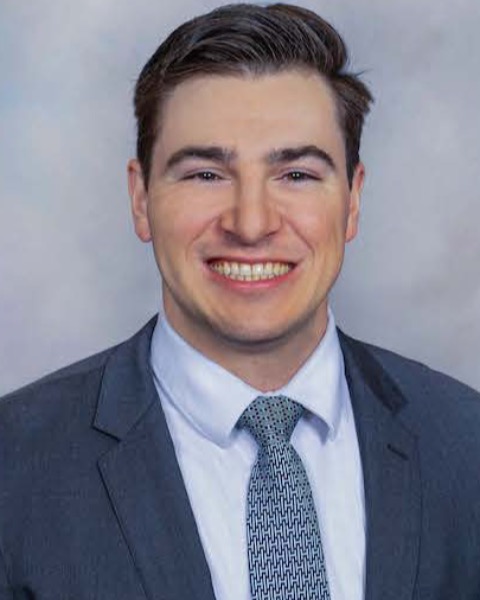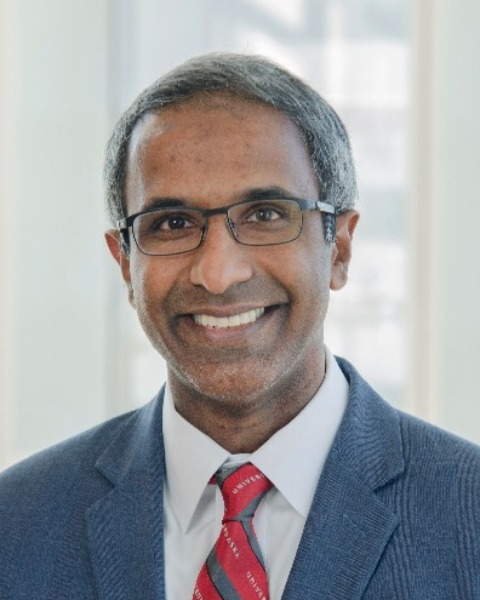Quality Improvement/Clinical Outcomes
E390: Evolving Gender Parity of Industry Research Funding to Surgical Oncologists: An Open Payments Database Analysis

Jason M. Lizalek, MD
Resident in General Surgery
University of Nebraska Medical Center, United States
Jason M. Lizalek, MD
Resident in General Surgery
University of Nebraska Medical Center, United States- BF
Brooke J. Fitzpatrick, BS MPH
Community Engagement Coordinator, PhD Candidate
University of Nebraska Medical Center, United States - BF
Brianna L. Foley, BS
Medical Student
University of Nebraska Medical Center, United States .jpg)
Collin E. Dougherty, BS
Data Analyst and Researcher
University of Nebraska Medical Center, United States- AB
Anton J. Bilchik, MD PhD
Professor of Surgery
Saint John's Cancer Institute at Providence Saint John's Health Center, United States 
Joshua M.V Mammen, MD PhD
Professor of Surgery
University of Nebraska Medical Center
Omaha, Nebraska, United States- JS
Juan A. Santamaria-Barria, MD
Assistant Professor of Surgery
University of Nebraska Medical Center, United States - JS
Juan A. Santamaria-Barria, MD
Assistant Professor of Surgery
University of Nebraska Medical Center, United States
ePoster Abstract Author(s)
Author(s)
Submitter(s)
Author(s)
The CMS Open Payment Data (OPD) reports industry payments to physicians. A previous study described research payments made to surgical oncologists from 2013 to 2017. We aimed to examine these payments from 2018 to 2022.
Methods:
OPD data were queried for surgical oncologists (taxonomy “Allopathic & Osteopathic Physicians, Surgery, Surgical Oncology”) who received industry research payments as a principal investigator (PI) from 2018 to 2022. Payments’ amount, company, and location were collected. Surgeons’ demographics, academic rank, H-index, and NIH funding were evaluated.
Results:
Between 2018 and 2022, 147 PI surgical oncologists received industry research payments totaling $56,019,878. The majority of payments were for research and clinical trials on drugs or biologics compared to surgical devices ($44,454,114 vs $3,391,857, respectively; p < 0.001). 114 PI surgical oncologists were in academia, 28 were community surgeons, and 5 were employed by industry. The total payments (percentage; mean) for academic, community, and industry PI surgical oncologists were $47,527,689 (85%; $416,909), $1,373,200 (2%; $49,043), and $7,118,989 (13%; $1,423,798), respectively. Payments correlated with academic rank: among 114 academic PI surgical oncologists, 17 were Assistant Professors (15%), 25 were Associate Professors (22%), and 72 were Professors (63%; p < 0.001), and they received total research payments (percentage; mean) of $1,663,050 (3%; $97,826), $11,784,726 (21%; $471,389), and $34,079,913 (61%; $473,332), respectively. Merck, Novartis, and Amgen were the top pharmaceutical companies making research payments, and TX, CA, PA, NJ, and CO were the top recipient states. 35 PI surgical oncologists (21%) had active NIH funding totaling $77,135,660, and these 35 PIs received 52% of all industry research payments ($29,246,687). NIH-funded PI surgical oncologists had higher average H-indexes (56 vs. 29, p < 0.0001). Women PIs had a trend to have received higher average payments than men PIs (n=37 women $666,812 vs. n=110 men $284,980; p = 0.07), but men and women received similar NIH funding (p = 0.33). Women and men had similar H-indexes (34 vs. 36, p = 0.77).
Conclusions:
In the last decade, surgical oncologists continue to receive robust industry funding to undertake research in cancer drugs and biologics. NIH-funded surgeons received more industry payments and are academically more productive. Payments are influenced by academic rank, but in the last 5 years, there was gender parity in industry research payments and academic productivity.
Learning Objectives:
- Upon completion, participant will be able to describe the magnitude and nature of industry research payments made to surgical oncologists in the U.S
- Upon completion, participant will be able to understand the relationship between industry and NIH funding for research among surgical oncologists.
- Upon completion, participant will be able to understand gender parity among surgical oncologists receiving industry funding for research.
